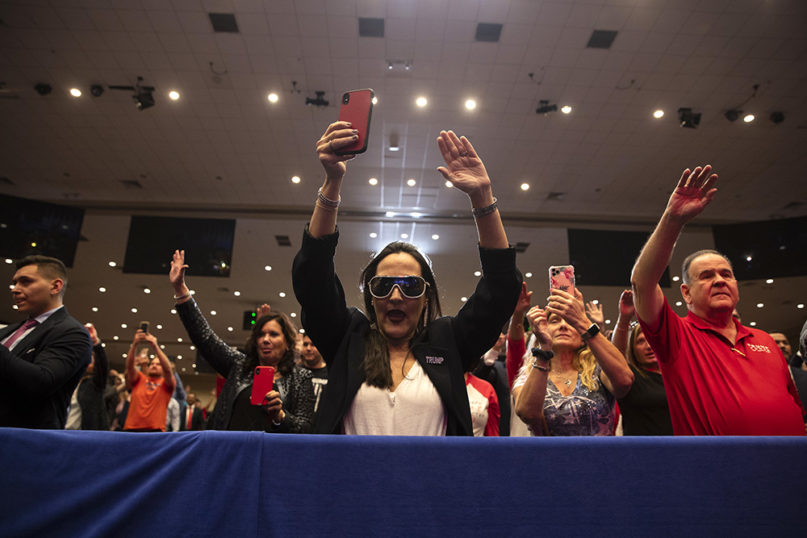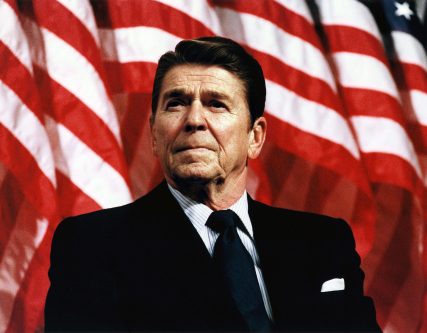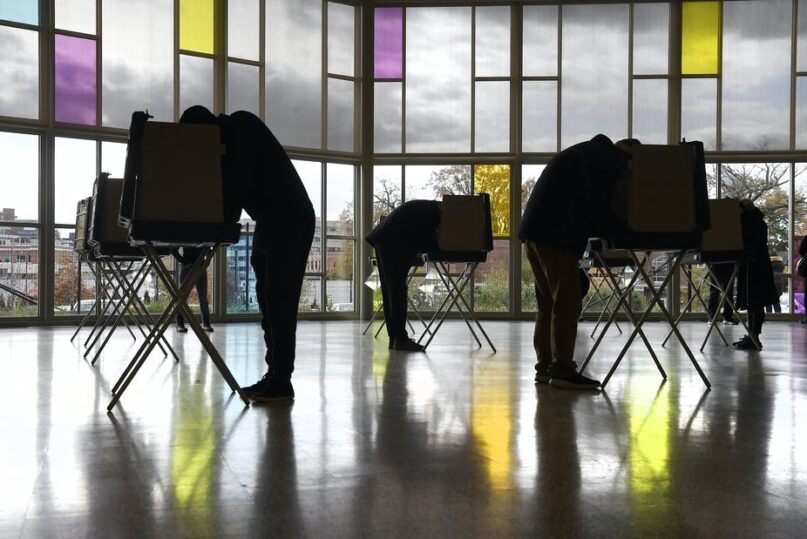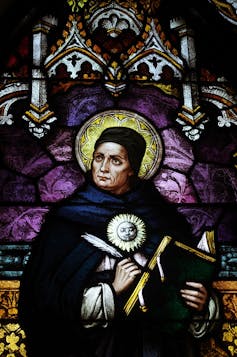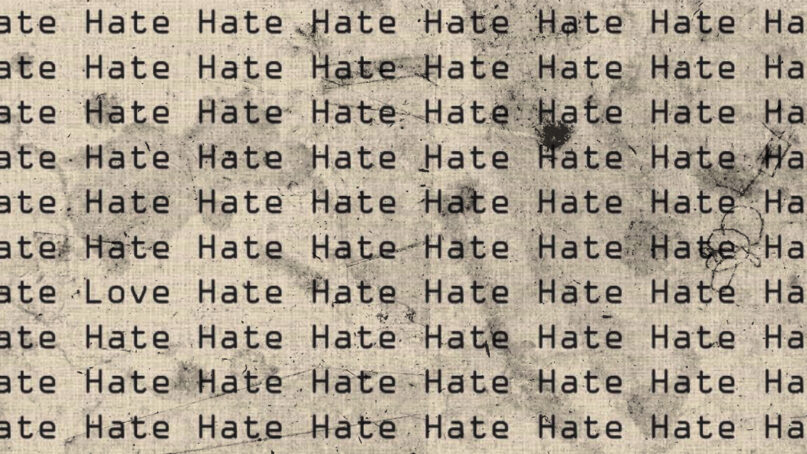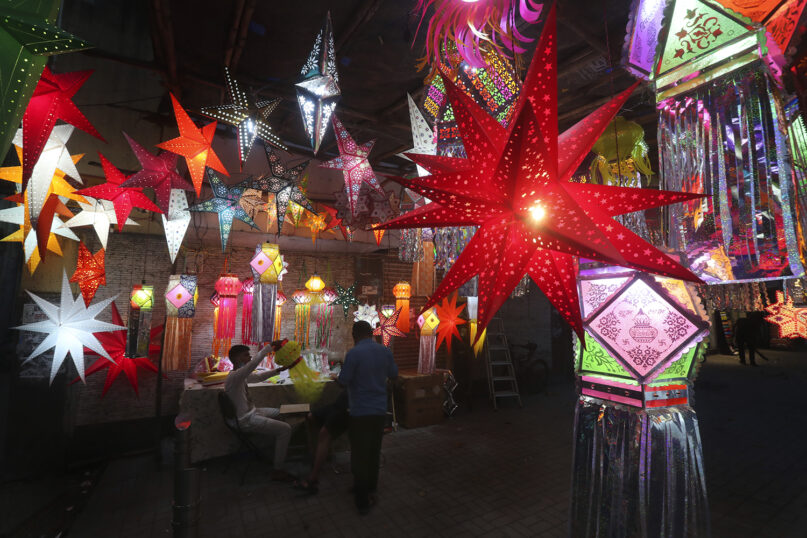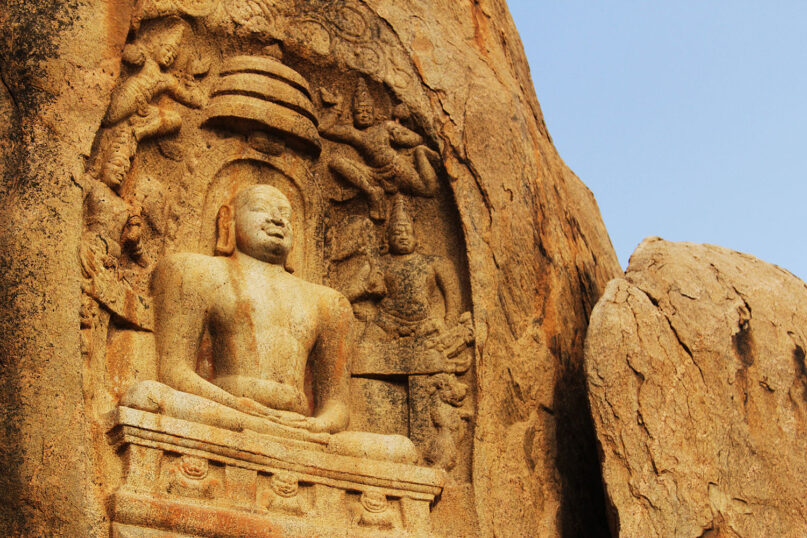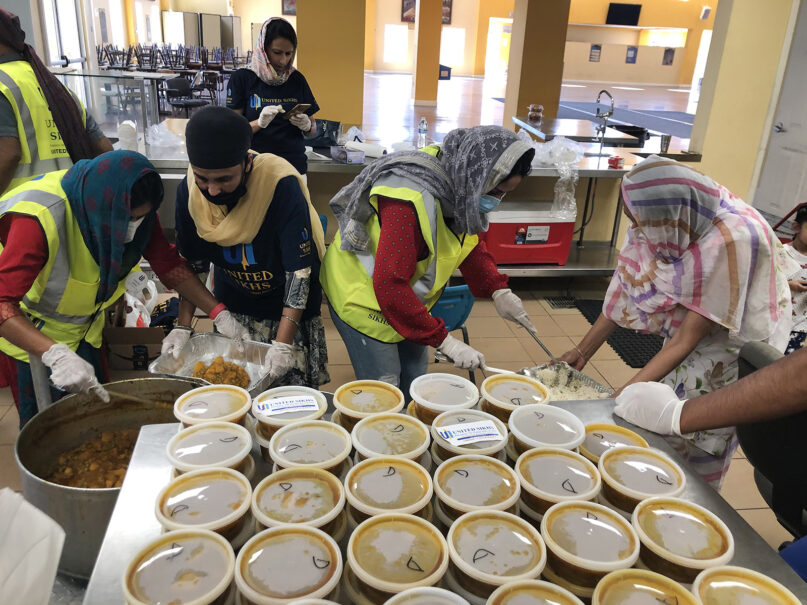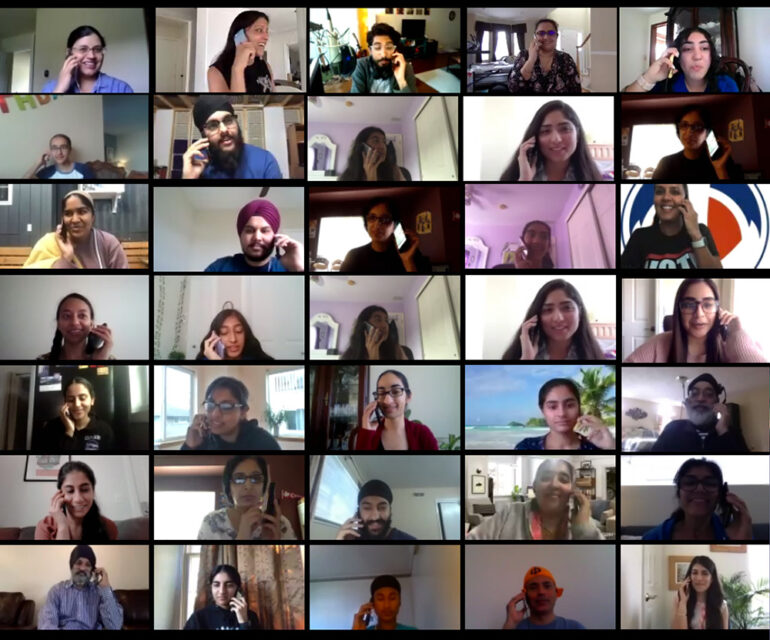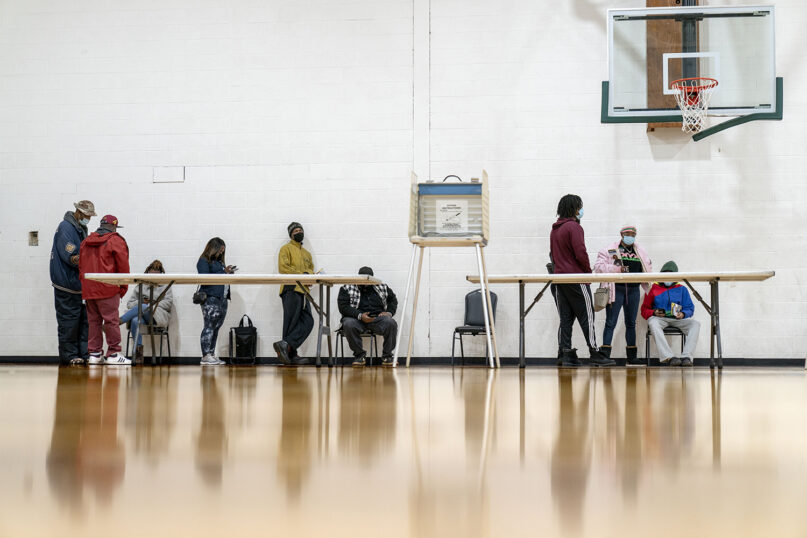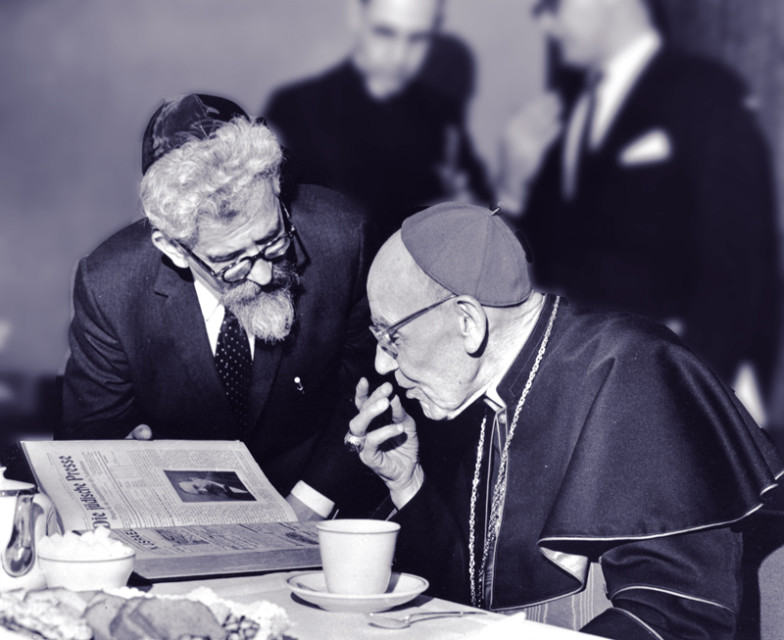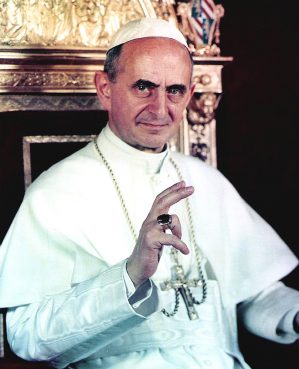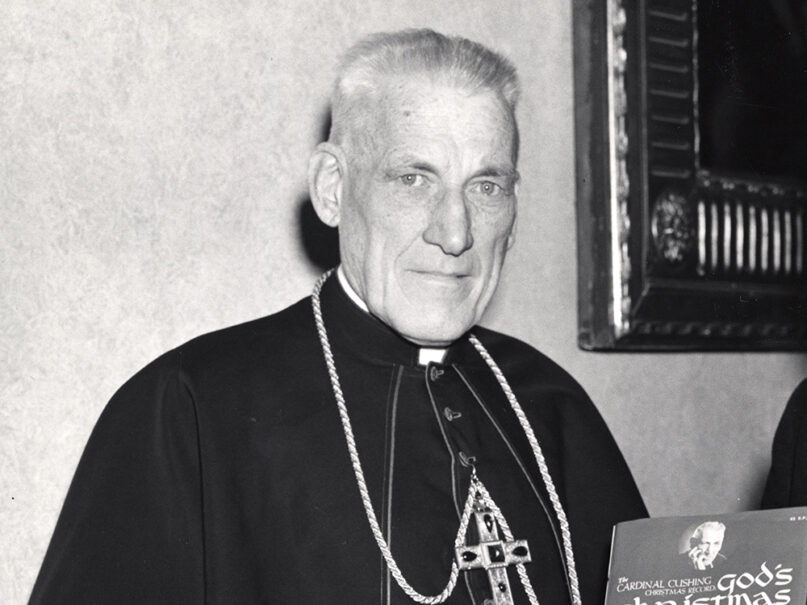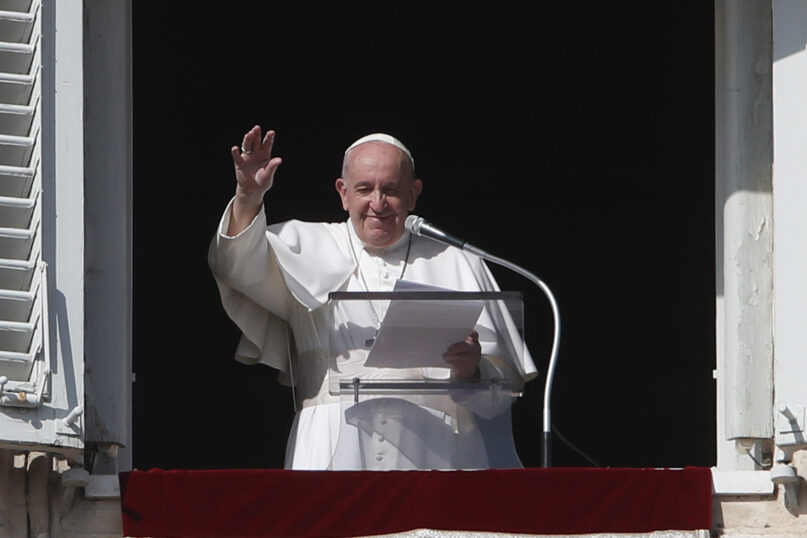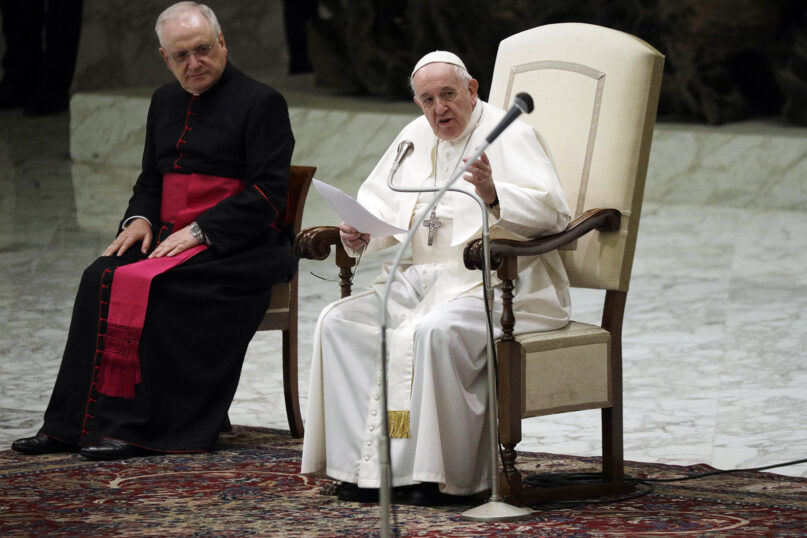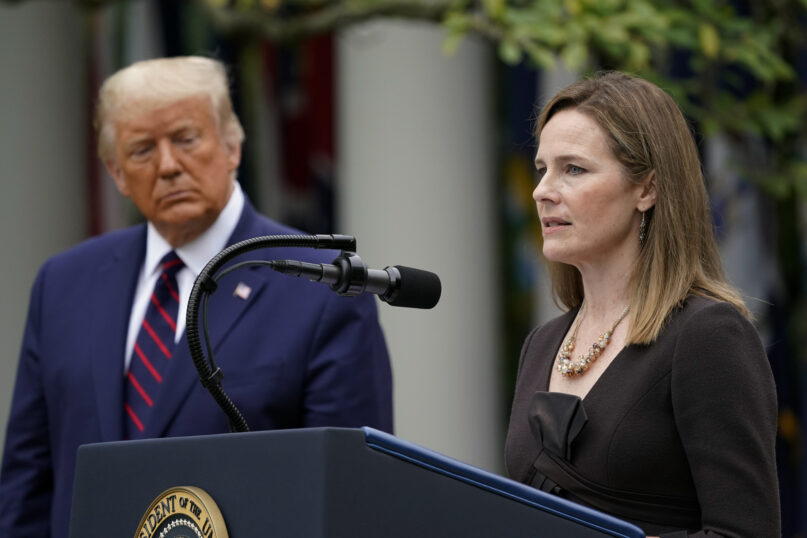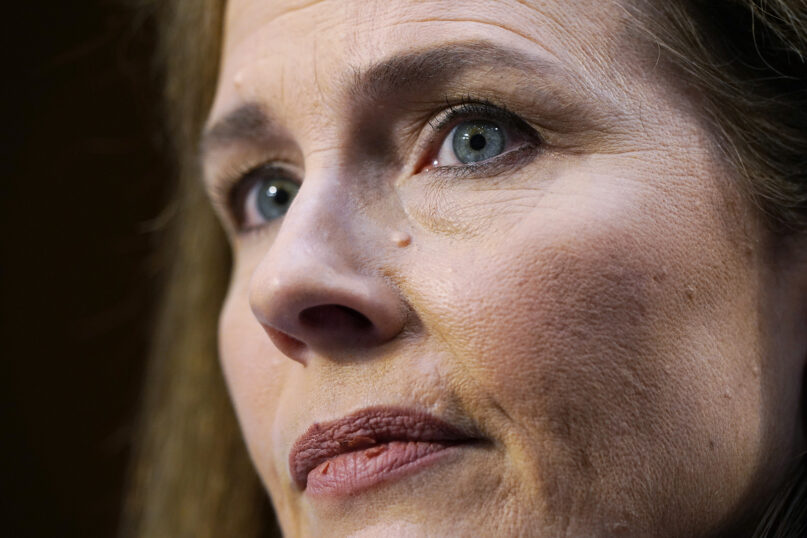The pope's adoption of civil unions has sharply delineated a momentous shift from the Baptist battles of the last generation
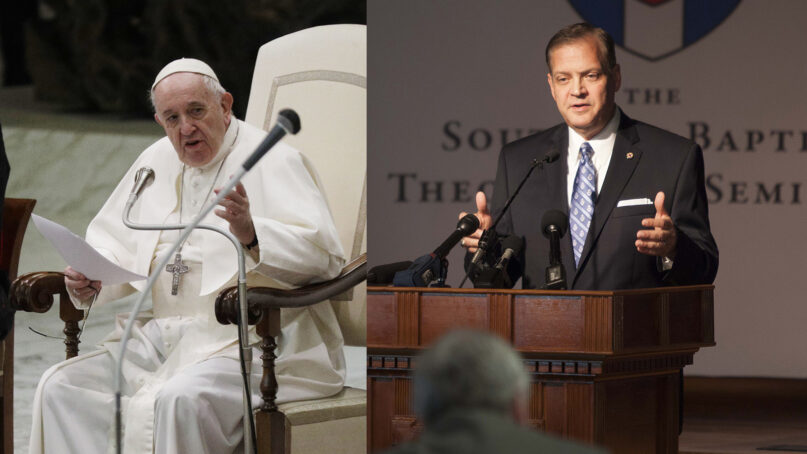
Combination photo of Pope Francis, left, and the Rev. R. Albert Mohler Jr. Photos by Gregorio Borgia and Emil Handke
October 30, 2020
By Jacob Lupfer
(RNS) — A documentary about Pope Francis that premiered in Rome last week (Oct. 21) captured the pontiff endorsing civil unions for same-sex couples. In the days that followed, conservatives and liberals across the Christian world sparred over the meaning of the Holy Father’s words.
The pope said a “civil cohabitation law” is necessary because same-sex couples “have the right to be covered legally.”
While Francis often speaks provocatively when he aims to open a discussion, commentators seized on his supposed lack of clarity to resume an intractable debate about the place of same-sex couples in the church and society.
Before Catholic archbishops in most U.S. metro areas even weighed in, reactions emerged from Nashville, the Vatican of American evangelicalism. Within hours of the video’s release, a Southern Baptist Convention agency head, as well as the current SBC president and a recent past president, had put out statements blasting the pope.
None of the Baptist bigwigs addressed the question of civil unions. Each simply made a statement against same-sex marriage, throwing in an assertion of the Bible’s sole and absolute authority for good measure. Catholic responses tended to take one of two forms, each continuing recent departures from expectation.
Conservative Catholics (lay and clergy), who once observed a norm of reverence for the Bishop of Rome, trashed the Holy Father with angry bewilderment at best — and abject disdain at worst. LGBTQ-affirming Catholics, meanwhile, who once regarded Church teaching on marriage and sexuality as heartbreaking but immutable, spoke openly of their hope that Francis will open the door to the eventual affirmation of LGBTQ Catholics in the sacramental life of the Church.
Catholic and evangelical responses thus revealed a reversal of sorts: As Catholics follow their consciences and defy Church authority on a growing range of issues, American Catholicism is being protestantized. Evangelicalism, at least its Southern Baptist form, is being catholicized, meanwhile, as ideological cohesion and less toleration of individual conscience grows under the watch of a more centralized authority.
The growing Southern Baptist tendency to ground their politics and doctrine in natural law is a direct nod to Christian-ethical thinking long familiar to Roman Catholics but quite new to biblicist evangelicals. It has made brothers-in-arms of conservative evangelicals — anti-Catholic just a few generations ago — with traditionalist Catholics in a culture war they both seem to be losing. Both focus on sexuality and de-emphasize or dissent from a global ecumenical consensus on other moral issues that exists outside white American Christianity.
Southern Baptists will insist they have no authority but Scripture, but it is impossible to deny that the nation’s largest Protestant denomination has taken uncommon authority to itself since squelching dissent when the SBC purged moderates from its leadership in the 1980s.
This was accomplished largely through the appointive power of the SBC president, with committees and boards of trustees that act as parallels to Vatican congregations that wield power and personnel to preserve purity.
These Baptists have done a masterful job of rooting out opposing ideologues, dispatching opponents to irrelevance and grooming successors through plum appointments and prestigious positions.
The Rev. R. Albert Mohler, Jr., president of the Southern Baptist Theological Seminary since 1993 and now SBC president-designate, may look like the furthest thing from a pope, and his circle of deputies and protégés may not resemble the Catholic cardinalate, but Mohler has reshaped his institution and denomination just as popes have put their personal imprint on the Vatican and the Church at large.
It’s not my intention here to say what churches can or should do regarding LGBTQ affirmation. Some may point out that a growing number of shrinking Christian denominations fully affirm LGBTQ people. Why these traditions remain so unappealing in spite of being on the right side of history, however, is a subject for another day.
The pope’s comments on civil unions, rather, has sharply delineated a momentous shift from the Baptist battles of the last generation, where deference to authoritative leadership was anathema.
The problem with such authority, as Baptists of ages past suggested, is that centralized authority leads to battles that have more to do with power than righteousness. What Francis seems to recognize more clearly than his fans or critics is that LGBTQ Christians are not a theological problem to be solved or a political foe to be defeated. They are people with deep familial and spiritual longings.
For now, princes of the Southern Baptist Convention shut the door on LGBTQ people with a catholicized turn-or-burn. And though protestantized Catholics post pro-LGBTQ theses on the door of the Church, I’m afraid in the end it will only slam shut and break their hearts.
(Jacob Lupfer is a writer and political strategist based in Baltimore. The views expressed in this commentary do not necessarily represent those of Religion News Service.)
